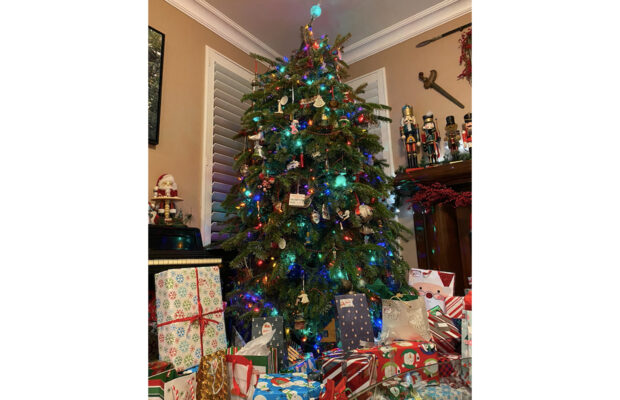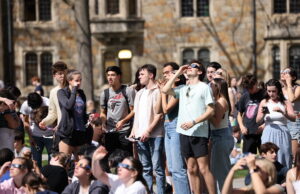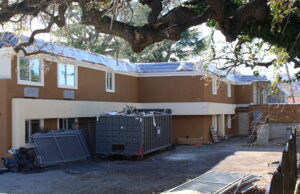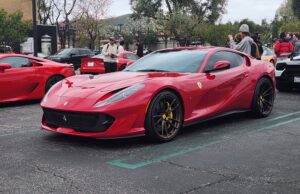The debate about Christmas trees continues

As Christmas approaches, many people are preparing for the holiday by buying presents, hanging up lights and most importantly, buying a Christmas tree. With these transitions, the classic debate of whether a real or fake tree is more environmentally friendly is resurfacing. There are some obvious benefits to a fake tree, such as the ability to reuse it every year, having less of a mess to clean up and not having to drag an entire tree out of the house post-holidays. But any true Christmas lover knows that nothing can replace the authenticity of that crisp pine smell and the luscious beauty of a real tree.
Although these reasons for a real tree are somewhat selfish, real-tree lovers are actually helping the environment more than those who use fake trees. Although fake trees can be reused, these trees are made out of metal and polyvinyl chloride, materials that cause greenhouse gases and other pollutants to be released into the environment when produced. Additionally, 90 percent of trees purchased in the U.S. are imported from China, creating additional pollution from transport vehicles. However, if you are feeling guilty for using that fake Christmas tree stored in the attic since the beginning of time, do not worry too much. According to a study done by The American Christmas Tree Association, which considered the environmental sustainability of both kinds of trees, the break-even point between the two types of trees is 4.7 years. This means if that ancient plastic tree is reused for at least 5 Christmases, it has more of a beneficial impact on the environment than a real tree.
Now, some people may believe that it is wrong to go into the middle of the forest and raid a tree from its natural habitat, but that is what happens in most cases. Out of the 350-500 million growing on tree farms across the U.S., only 30 million trees are harvested for Christmas each year. Christmas tree farms serve just as much benefit as unmanaged, wild forests, planting about 3 seeds for every one tree bought. Additionally, when people go out to buy a live tree, they are also supporting local farms and businesses. Even the NPHS baseball team has been selling Christmas trees locally to raise money for their programs. Not only are you helping the environment but you will also be helping our school sports team, which has already sold over 900 trees this year.
So not only are live Christmas trees more authentic fun to pick out, they also help the earth stay healthy in comparison to plastic, store bought trees.



